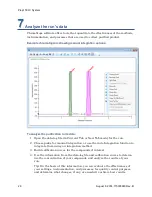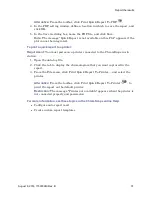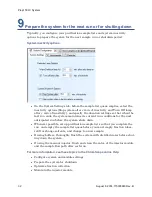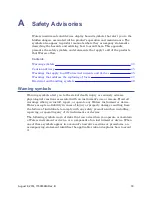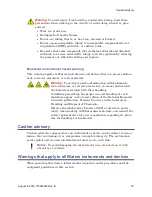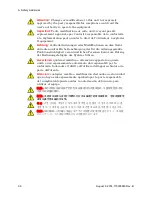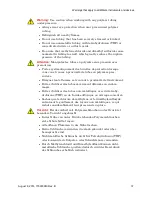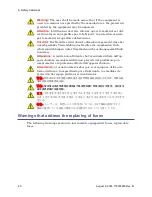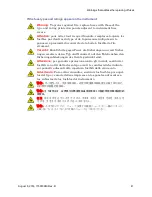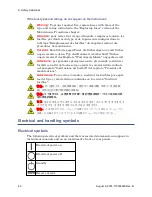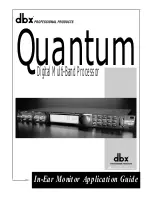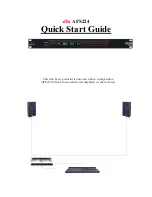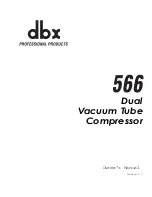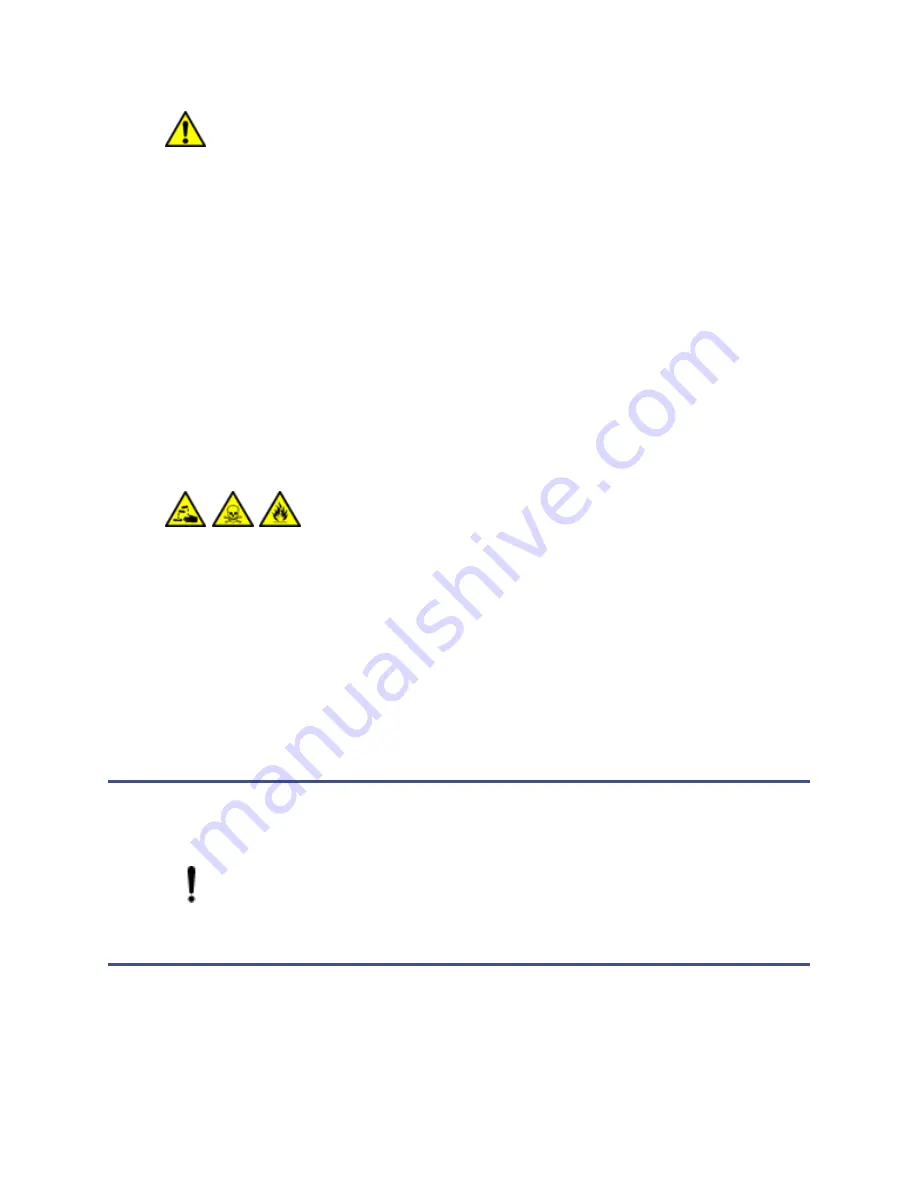
Warning:
To avoid injury from bursting, nonmetallic tubing, heed these
precautions when working in the vicinity of such tubing when it is pres-
surized:
l
Wear eye protection.
l
Extinguish all nearby flames.
l
Do not use tubing that is, or has been, stressed or kinked.
l
Do not expose nonmetallic tubing to incompatible compounds like tet-
rahydrofuran (THF) and nitric or sulfuric acids.
l
Be aware that some compounds, like methylene chloride and dimethyl
sulfoxide, can cause nonmetallic tubing to swell, significantly reducing
the pressure at which the tubing can rupture.
Biohazard and chemical hazard warning
This warning applies to Waters instruments and devices that can process biohaz-
ards, corrosive materials, or toxic materials.
Warning:
To avoid personal contamination with biohazards,
toxic materials, or corrosive materials, you must understand
the hazards associated with their handling.
Guidelines prescribing the proper use and handling of such
materials appear in the latest edition of the National Research
Council's publication, Prudent Practices in the Laboratory:
Handling and Disposal of Chemicals.
Observe Good Laboratory Practice (GLP) at all times, partic-
ularly when working with hazardous materials, and consult the
safety representative for your organization regarding its proto-
cols for handling such materials.
Caution advisory
Caution advisories appear where an instrument or device can be subject to use or
misuse that can damage it or compromise a sample’s integrity. The exclamation
point symbol and its associated statement alert you to such risk.
Notice:
To avoid damaging the instrument’s case, do not clean it with
abrasives or solvents.
Warnings that apply to all Waters instruments and devices
When operating this device, follow standard quality-control procedures and the
equipment guidelines in this section.
August 8, 2014, 715003940 Rev. B
35
Caution advisory








